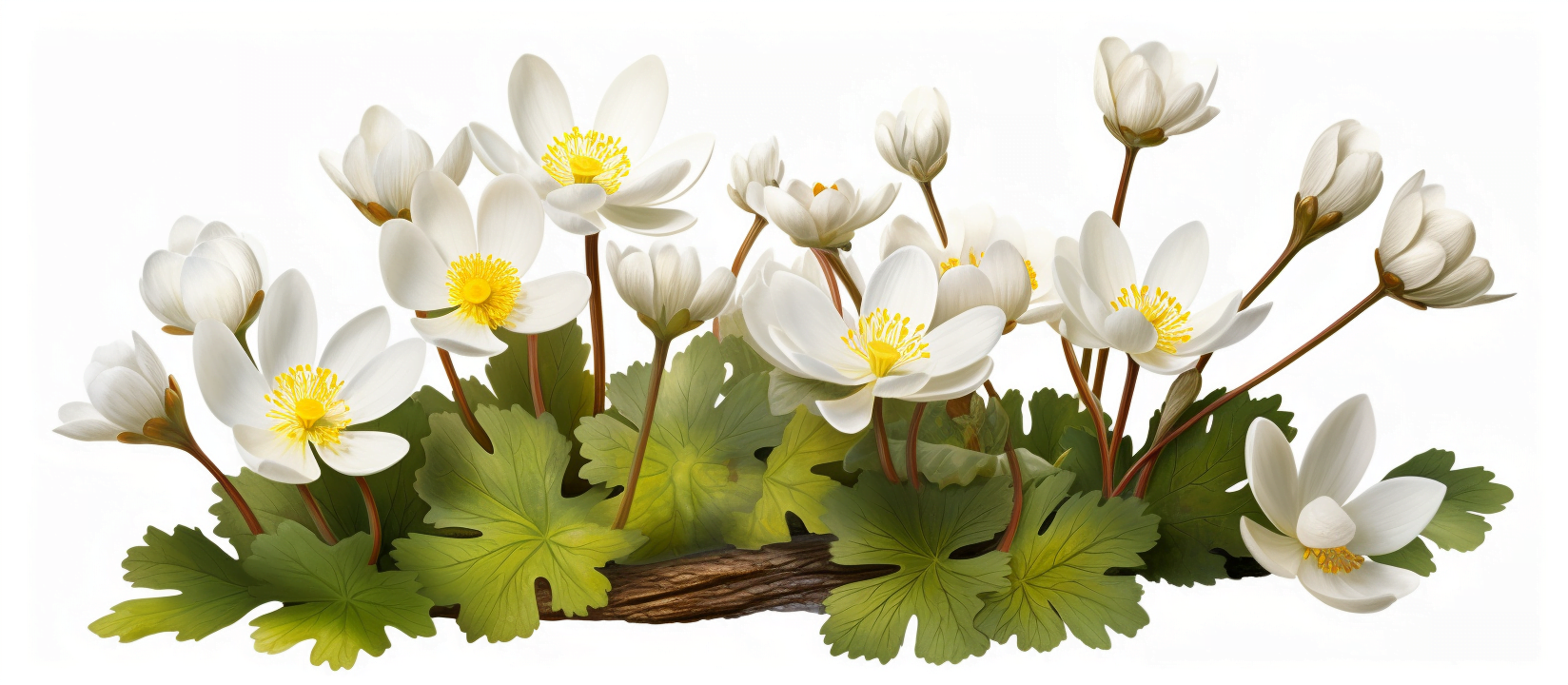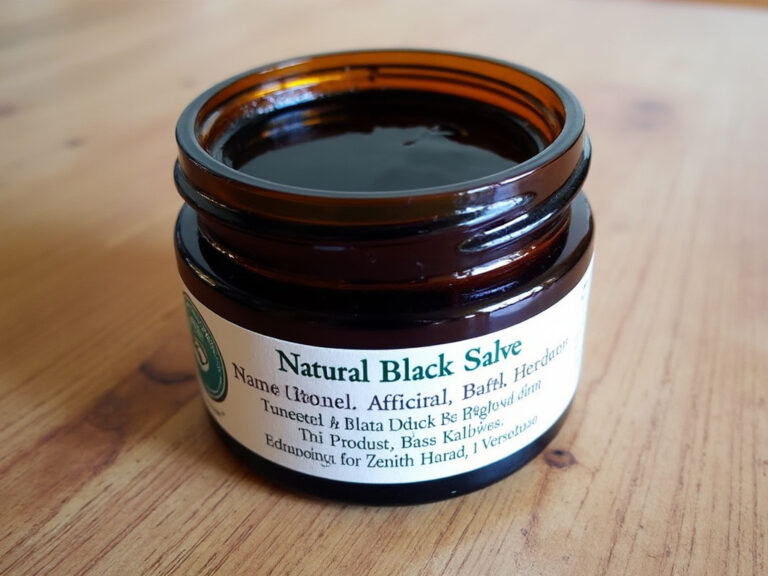
The Bloodroot plant, scientifically known as Sanguinaria Canadensis, is a perennial flowering plant native to eastern North America. While it is most commonly recognized for its use in Bloodroot Salve, a topical treatment for various skin conditions, the plant’s utility extends far beyond this singular application. This article aims to shed light on the additional uses of the Bloodroot plant, emphasizing its role in traditional medicine, dental care, and homeopathic remedies.
Bloodroot Plant uses: Traditional Medicine – A Panacea of the Past
Bloodroot has a long history of use in traditional medicine, particularly among Native American communities. Its roots contain alkaloids like sanguinarine, which have been studied for their medicinal properties. Here are some of the key applications in traditional medicine:
- Respiratory Health: One of the earliest uses of Bloodroot was for treating respiratory conditions. It has been used as an expectorant to clear mucus from the respiratory tract, making it a traditional remedy for conditions like bronchitis, asthma, and whooping cough.
- Gastrointestinal Aid: Bloodroot has been used to treat various digestive issues. From stomach cramps to indigestion, the plant’s root was often consumed in small quantities to alleviate gastrointestinal discomfort.
- Anti-Inflammatory Properties: The plant has been used to treat inflammatory conditions like rheumatism and joint pain. Its anti-inflammatory properties have made it a popular choice for topical applications on inflamed areas.
- Antimicrobial Uses: Bloodroot’s antimicrobial properties have been harnessed for treating minor infections and wounds. It has been used both topically and internally for this purpose.
- Pain Relief: In some traditional medicine practices, Bloodroot has been used as a natural analgesic to relieve pain, although this use is less common and should be approached with caution.
It’s crucial to note that while Bloodroot has been used traditionally for these purposes, scientific evidence supporting these uses is limited. Therefore, consultation with healthcare professionals is strongly advised before using Bloodroot for medicinal purposes.
Dental Care: More Than Just a Smile
Bloodroot extract has found its way into modern dental care, primarily due to its antimicrobial properties. The alkaloid sanguinarine is particularly effective in this regard.
- Toothpaste: Some toothpaste brands incorporate Bloodroot extract as an active ingredient to combat plaque and gingivitis. Its antimicrobial properties help in keeping oral bacteria in check.
- Mouthwash: Similar to toothpaste, Bloodroot is sometimes used in mouthwashes. It can help in reducing gum inflammation and improving overall oral hygiene.
- Oral Health Studies: Research is ongoing to explore the potential benefits of Bloodroot in treating various oral health issues, including periodontal disease and oral cancer.
Homeopathic Remedies: Nature’s Pharmacy
In the realm of homeopathy, Bloodroot holds a special place for its versatility.
- Skin Conditions: Apart from salves, Bloodroot is used in homeopathic remedies for treating various skin conditions like warts, moles, and even certain types of skin cancer.
- Immune Support: Some homeopathic practitioners recommend Bloodroot as an immune system booster, although scientific evidence to support this claim is sparse.
- Holistic Well-being: In homeopathy, Bloodroot is sometimes used for its purported ability to cleanse the body and improve overall well-being.
Conclusion: A Word of Caution
While the Bloodroot plant has a myriad of uses, it’s essential to exercise caution. The plant can be toxic in large doses and should only be used under professional guidance. Always consult with healthcare providers or herbal medicine experts before incorporating Bloodroot into your health regimen.
The Bloodroot plant serves as a testament to nature’s incredible ability to provide remedies for a range of conditions. Its uses extend far beyond the popular Black Salve, making it a fascinating subject for both traditional and modern medicine. As research continues, the full spectrum of Bloodroot’s potential is yet to be uncovered, promising exciting possibilities for future healthcare applications.




